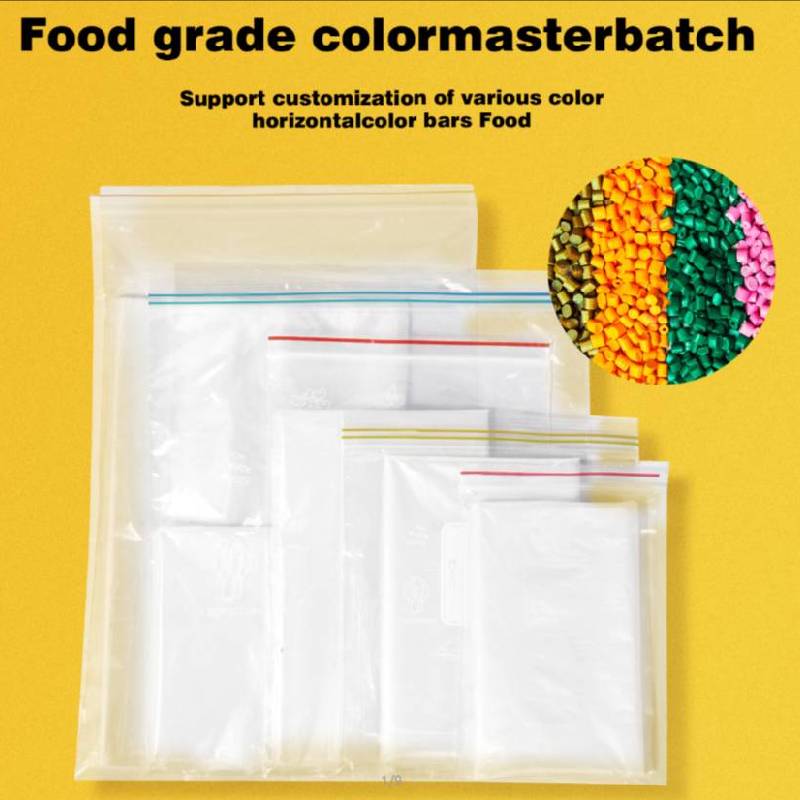Eco-friendly Plastic Bin Liners for Sustainable Waste Management Solutions
The Rise of Biodegradable Plastic Bin Liners An Eco-Friendly Solution
In recent years, environmental concerns have pushed the need for sustainable alternatives to traditional plastic products. Among these, biodegradable plastic bin liners have emerged as a popular choice for both households and businesses looking to minimize their ecological footprint. These innovative products not only help manage waste but also contribute to reducing the overall plastic pollution crisis that threatens our planet.
Biodegradable plastic bin liners are designed to decompose naturally over time, unlike conventional plastic liners that can take hundreds of years to break down. Made from renewable resources such as cornstarch or biodegradable polymers, these liners offer a greener option that aligns with the increasing global focus on sustainability. They are often certified to meet specific standards set by organizations like ASTM International, ensuring that they will break down into non-toxic components through microbial activity in composting conditions.
One of the primary benefits of biodegradable bin liners is their ability to facilitate composting. When used in conjunction with compostable waste, these liners can significantly expedite the breakdown process. In many composting facilities, biodegradable plastics can easily be processed, returning valuable nutrients to the soil and completing the material lifecycle. This contrasts sharply with conventional plastic, which often ends up in landfills or the ocean, contributing to long-term environmental degradation.
biodegradable plastic bin liners

Moreover, biodegradable bin liners are becoming increasingly accessible to consumers. Many brands are now offering these products in various sizes and thicknesses to cater to different needs. Retailers are also starting to display biodegradable options prominently, allowing eco-conscious shoppers to make informed choices. As consumer demand for sustainable products continues to rise, manufacturers are investing in research and development to improve the performance and affordability of biodegradable plastics.
However, it is essential to note that the effectiveness of biodegradable plastics hinges on proper disposal methods. While they are designed to break down in composting facilities, they may not decompose adequately in traditional landfill environments where oxygen and microbial activity are limited. Therefore, it's crucial for consumers to understand the best practices for disposing of these products to maximize their environmental benefits.
In summary, biodegradable plastic bin liners represent a significant step toward reducing plastic waste and promoting a more sustainable lifestyle. By choosing these products, individuals and businesses can contribute to a circular economy where materials are reused and repurposed rather than discarded. As awareness of environmental issues persists and sustainable alternatives become more mainstream, it is imperative to continue supporting innovations that mitigate our impact on the planet. In doing so, we can work towards a cleaner, greener future where waste management aligns with our commitment to sustainability.
-
The Best Uses for Small Trash Bags in Daily LifeNewsJul.01,2025
-
Stylish Reusable Grocery Bags TrendsNewsJul.01,2025
-
Shipping Advantages of Using Bubble Envelopes BulkNewsJul.01,2025
-
How Compostable Mailing Bags Reduce Environmental ImpactNewsJul.01,2025
-
Environmentally - Friendly Bulk Poly MailersNewsJul.01,2025
-
Eco Friendly Custom Laminated Tote BagsNewsJul.01,2025
-
Have the freedom of customizing your custom mailers any way you want! Our dedicated packaging support will help deliver you the mailing experience you need to elevate your shipping experience to the next level! Start making a strong impression on your customers and stand out from your competitors! -
LIYA uses high quality raw materials which directly purchased from large enterprises domestic and overseas such as PetroChina, Sinopec, Sabic, Equate, ExxonMobil, Dow Chemical, Total, and Borouge, ensuring the price advantage and quality of the raw materials. -
LIYA uses high quality raw materials which directly purchased from large enterprises domestic and overseas such as PetroChina, Sinopec, Sabic, Equate, ExxonMobil, Dow Chemical, Total, and Borouge, ensuring the price advantage and quality of the raw materials.





